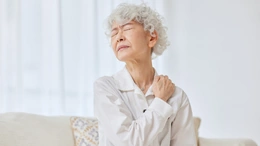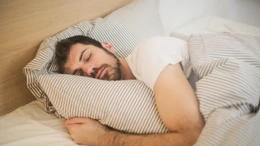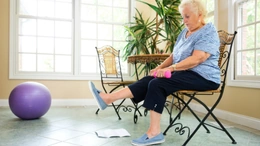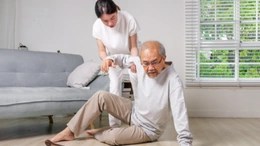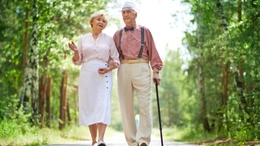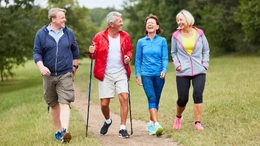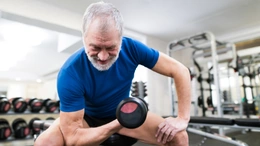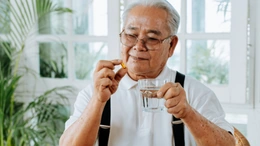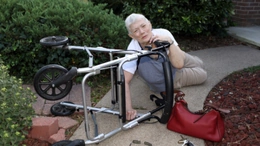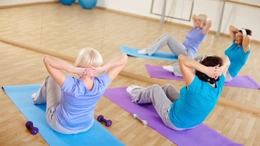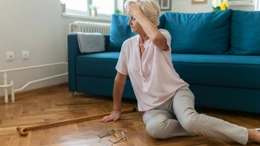How The Best Walking Shoes For Seniors Improve Posture And Joint Health
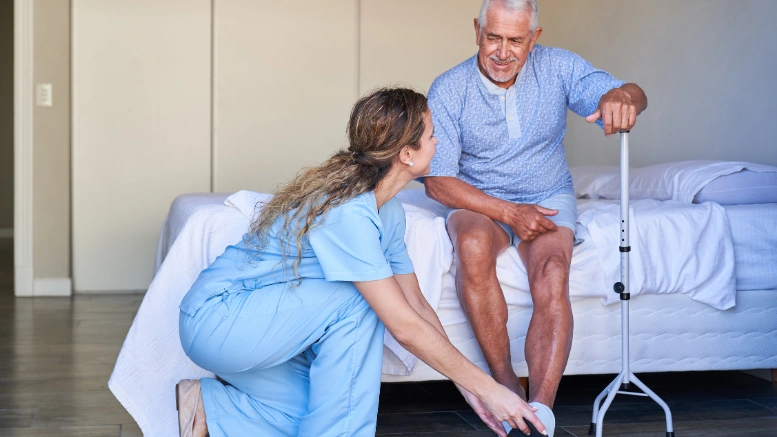
When your knees are screaming and your back needs all the help it can get, it’s a good idea to pick a new pair of kicks. With age, even the little details become important to you, for example, the way your shoes touch the ground.
Believe it or not, the best walking shoes for seniors don’t just keep you steady on your feet; they also play a major role in helping your posture and easing joint pain. Life goes from the bottom up, and good footwear can truly impact your movement.
The Link Between Footwear, Posture, And Joint Health for Seniors
Here’s the deal: your feet are your body’s foundation. When your foundation is off, everything else feels it, your spine, your knees, your hips, even your neck.
With age, natural changes in bone density, muscle tone, and joint lubrication throw your alignment out of whack. What you might not realize is that improper shoes can make these issues worse.
If it lacks sufficient cushion, the foot may lose its arch, roll inward, and make everything move forward, bringing chronic pain, misalignment, and much distress.
Putting the wrong shoes on your feet is similar to driving a car with a flat tire: you won’t go fast, and it can also be harmful to you in the long run.
Key Features In Walking Shoes That Benefit Seniors' Posture And Joint Health
Selecting footwear is no longer just about comfort but about making healthy choices over the long haul. All of these features support the body, step by step.
Arch Support
This one’s non-negotiable. Good arch support helps distribute weight evenly and supports the natural curves of your feet. That means your ankles stay in place, your knees line up better, and your back doesn’t have to compensate.
If your shoes lack support, your body will find ways to adjust, usually in all the wrong directions.
Cushioning And Shock Absorption
The best walking shoes for seniors are not a luxury, they're a requirement. Let’s talk about impact. Every step you take creates shock, especially on hard surfaces like sidewalks.
Proper cushioning is needed, since without it, the impact goes through your knees, hips, and lower back as if it were a slow wrecking ball.
Shoes that have a shock absorption ability similar to car shock absorbers support and protect your knees, hips, and lower back from getting worn out too much.
Lightweight And Flexible Soles
Clunky shoes = clunky walking. With a sole that's soft and bendy, your foot can move naturally without interference, adjusting like a flat foot or a high-arched foot encourages better stride and less fatigue.
With a natural motion, your muscles are engaged correctly, and your body tends to stay upright. Overall, less work with every step translates to more energy during a walk, and you can walk longer distances - a great combination!
Wide Toe Box And Proper Fit
Tight shoes don’t just cause blisters and bunions; they can mess with your balance. A wide toe box gives your toes room to spread naturally, improving stability and alignment.
Combine that with a proper fit (no heel slippage, no toe squish), and you’ve got yourself a solid base to stand tall.
Slip-Resistant Outsoles
As you age, being able to avoid accidents because of falls becomes a top concern, and it is no fun. Having slip-resistant soles gives you safety when walking on slick surfaces. Less fear of falling lets seniors walk with more confidence, so they can stop leaning or shuffling.
How Proper Walking Shoes For Seniors Can Improve Posture
The ripple effect of good footwear is real. It’s not just about comfort; it’s about correcting your body’s mechanics from the ground up. With the right shoes, you’ll notice:
- Realignment Of Spine And Pelvis - Supportive soles and proper structure help your hips and spine stay in their natural position while you walk.
- Enhanced Core Muscle Engagement - A balanced stride activates your core muscles more effectively, promoting better posture without even thinking about it.
- Reduced Forward Leaning - When your shoes do the heavy lifting, you’re less likely to hunch forward or lean in ways that strain your back.
Impact of Good Walking Shoes on an Elderly Person’s Joint Health
Shoes that look after joints can be very useful for arthritis sufferers. They not only stabilize your steps; they actually assist your body in correct movements. This is what will probably take place:
1. Minimization Of Inflammation And Joint Wear-And-Tear
Less impact equals less irritation, keeping inflammation at bay and helping prevent long-term damage. Over time, this can slow down joint degeneration and keep you more active longer.
2. Improved Mobility And Reduced Pain
When walking doesn’t hurt, you do it more. And the more you walk, the better your joints stay lubricated and flexible. Increased mobility promotes muscle strength and coordination, which lowers your risk of falls.
Expert Tips For Determining The Best Walking Shoes For Elders
Finding the right shoe can feel like a lucky guess, but some professional advice can reduce the chance of making a bad choice.
Professional Fitting
Getting fitted by the footwear specialist will help you overcome common sizing errors and give you better arch and heel support. You can avoid long-term problems of foot fatigue, blisters, and alignment issues with this simple step.
Right Replacement
Even the best shoes will wear out eventually. Rotate your walking shoes every 6-12 months, depending on how you use them. Worn soles are silent saboteurs. Worn tread can throw your balance off and negate all the benefits you're getting from your supportive shoes.
Specific Recommendations
Choose features that fit your lifestyle, whether you walk inside, on trails, or a mix. Comfort should never be universal. Customizing your shoes to your habits can help you stay consistent and pain-free.
Conclusion
It should be easy for you to walk, move, and stand straight without issues or pain. The best walking shoes offer support to your back, keep your joints comfortable, and bring back some movement with each small improvement.
When the shoes you own aren’t comfortable, it’s wise to replace them with others. You will be grateful for your feet (and everything following them) after you switch to barefoot shoes.




